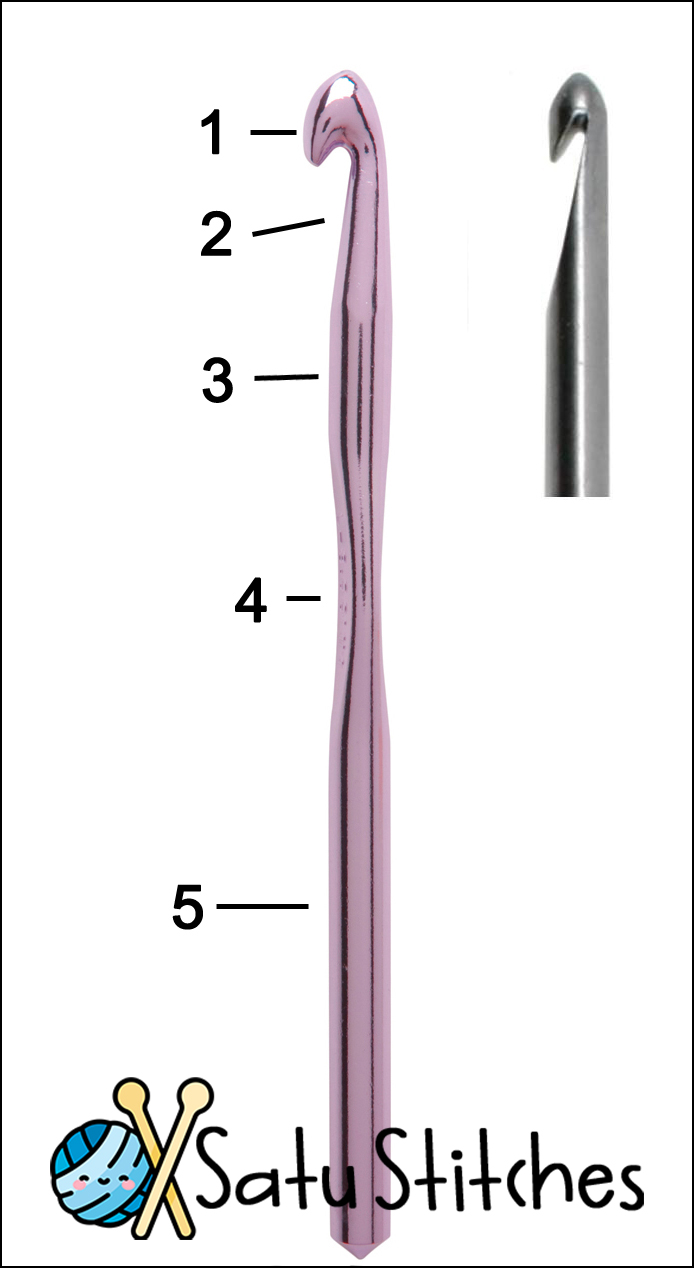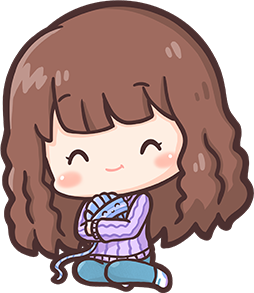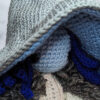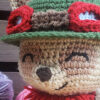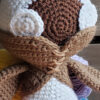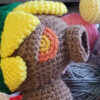The Anatomy of your Hook
Part of choosing the best hook for you is knowing the anatomy so you can make an informed decision.
Head/Hook/Point
The head/hook/point is at the very top and allows you to poke through your stitch. They can either be pointy or much duller. If you find yourself splitting your yarn often, you may have a head that’s too pointy. If you’re having difficulty inserting your hook into the next stitch, you may have a head that’s too dull.
Throat / Groove
The throat/groove is what allows you to pull the yarn through your stitches. There are 2 styles, inline and tapered. The inline throat is much sharper, having the tip of the hook pointy. There’s great debate on which is best, but you’ll never know which is best for you until you try them both. If you’re splitting yarn on the pull-through you may find tapered to be better. If you’re having an issue grabbing yarn to pull through, inline may be best.
Shaft / Shank
The shaft/shank is where the measurements for each hook come from. This is where the stitch takes shape and determines its size.
Thumb Rest/ Grip
The thumb rest/grip is optional and may not be on some hooks. This gives your thumb a comfortable place to rest regardless of how you hold your hook. Often the size will be engraved onto the thumb rest as well.
Handle
The handle is ultimately where you should focus as far as comfort goes. Most hook handles are made of the same material as the rest of the hook, but if your hand is cramping up then getting a nice comfort handle or ergonomic handle can do wonders.









